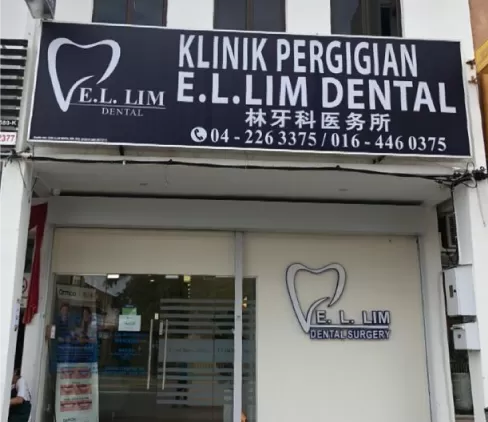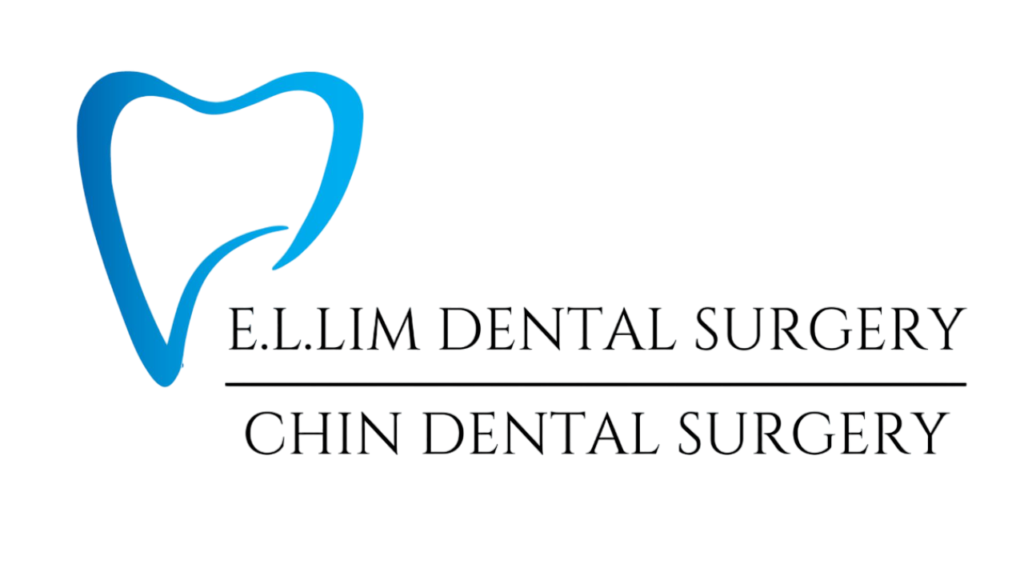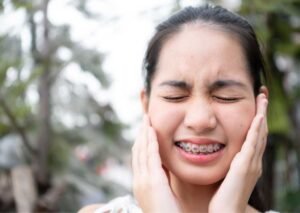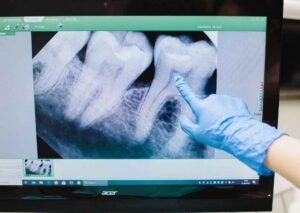Having braces can complicate your ability to spot cavities, and understanding these challenges is crucial for effective oral care. The most immediate issue arises from the very nature of braces themselves. Brackets and wires are designed to realign your teeth, but they also create barriers that obscure your view of certain areas. When you look in the mirror, it can be difficult to see the backs of your teeth or the spaces between them. These hidden spots are often where cavities begin to form, making early detection nearly impossible without professional help.
Worrying About Tooth Cavities
Before we get into the nitty-gritty, let’s clarify what cavities actually are. Cavities, also known as dental caries, occur when bacteria in the mouth produce acids that erode the tooth enamel. If left untreated, cavities can lead to severe tooth decay, pain, and even tooth loss. 92% of adults aged 20 to 64 have had cavities in their permanent teeth, highlighting how common this issue is.
Signs and Symptoms of Cavities with Braces
Tooth Sensitivity
One of the first indicators that you might have a cavity is increased tooth sensitivity. If you find yourself wincing when you sip hot coffee or bite into something cold, this could be a red flag. Sensitive teeth can signal that the enamel is compromised, allowing external stimuli to affect the nerves inside your teeth.
Pain or Discomfort
While sensitivity can be a warning sign, persistent pain or discomfort in a tooth is a stronger indicator of a cavity. This pain can be sharp or dull, and it often worsens when you chew or apply pressure to the affected area. If you’re experiencing ongoing discomfort, it’s time to take action.
Visible Signs
Look closely at your teeth in the mirror. Discoloration—such as brown or black spots—can be an obvious sign of decay. If you notice any holes or pits in your teeth, don’t ignore them. These visible indicators often point to cavities that need immediate attention.
Bad Breath
Did you know that bad breath could be a sign of dental decay? Bacteria thrive in decaying teeth and can produce foul-smelling compounds. If you find that brushing your teeth doesn’t improve your breath, it may be time to consult your dentist.
Other Challenges When Wearing Braces

Wearing braces can significantly alter your oral hygiene routine. For individuals with braces, brushing and flossing require more time and effort compared to those without. Brushing becomes a strategic endeavour; you must angle the toothbrush to ensure that it reaches all surfaces of the teeth, including around each bracket. Even with the best intentions, it’s easy to miss spots or fail to thoroughly clean around the brackets and wires.
Flossing, an essential part of oral hygiene, presents its own set of challenges. Traditional floss can struggle to navigate the wires and brackets effectively. If you skip or do a rushed job of flossing, these deposits can lead to plaque buildup, which, if not addressed, can harden into tartar and cause more severe dental issues.
Moreover, the materials used in braces can contribute to this problem. For instance, certain metal brackets can retain food particles more than tooth enamel would, creating additional nooks and crannies where bacteria can thrive. As bacteria break down food particles, they produce acids that erode tooth enamel, leading to cavities.
Individuals with braces may not notice the subtle changes that could signal the onset of a cavity.
Lastly, the discomfort and soreness that often accompany adjustments to braces can mask underlying problems. If you experience pain or sensitivity, you might attribute these sensations to the braces rather than to a potential cavity. This misattribution can delay diagnosis and treatment, allowing cavities to progress unchecked.
What to Do if You Suspect a Cavity
If you’re experiencing any symptoms that suggest a cavity, it’s best to schedule an appointment with your dentist. They will likely conduct an examination and may recommend X-rays to confirm their findings. Early intervention can save you from more complicated treatments down the road.
Preventive Measures
Proper Oral Hygiene Techniques
Use a soft-bristled toothbrush and fluoride toothpaste. Pay special attention to the areas around the brackets and wires. Flossing is equally crucial; consider using a floss threader or orthodontic floss to navigate around your braces.
Dietary Considerations
Your diet also plays a significant role in cavity prevention. Sugary and acidic foods can accelerate tooth decay, so try to limit these items. Instead, focus on a balanced diet rich in fruits, vegetables, and dairy, which can help strengthen your teeth.
Use of Fluoride
Consider asking your dentist about fluoride treatments. These can provide an extra layer of protection for your teeth during your orthodontic treatment.
Dental Clinic in Penang
Expert Orthodontists at Chin Lim Dental

Maintaining your dental health while wearing braces is a team effort between you and your dentist. By being vigilant and recognizing the signs of cavities, you can take proactive steps to protect your smile. Don’t forget to brush, floss, and keep up with regular dental appointments. Remember, a healthy mouth is an essential part of achieving that beautiful smile you’ve always wanted!
Our dentists can help address any concerns during your adjustment sessions to look our for dental problems and otherwise.





